Empowering tomorrow’s innovators
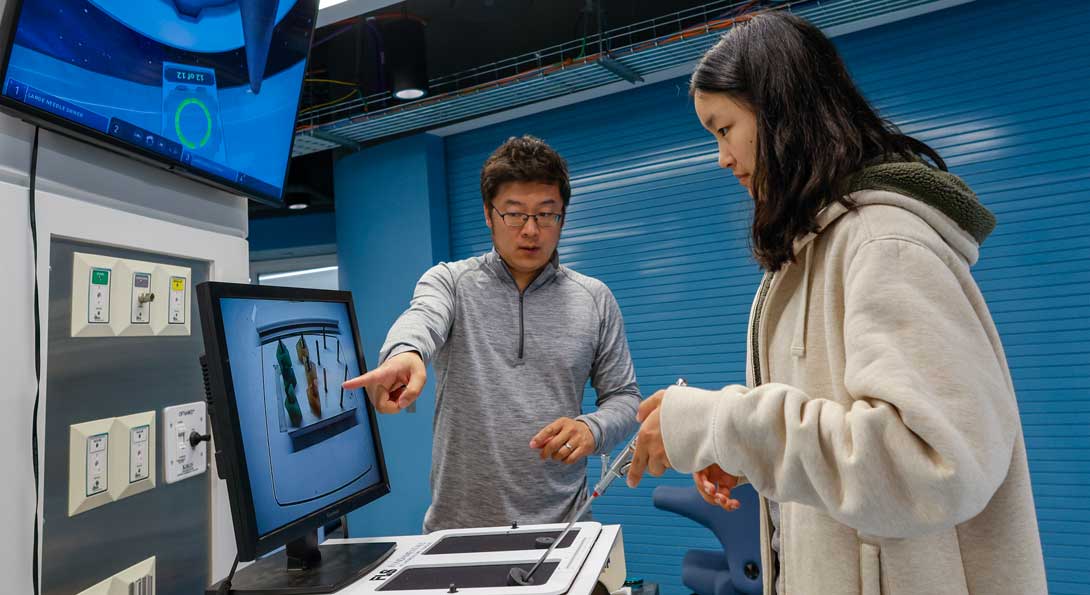
Accelerating biomedical engineering for high-achieving high school students
Pursuing a career in science, math, technology, and engineering (STEM) can be intimidating for some students—with the preconceived notions of it being academically challenging, filled with complicated jargon, and not open to everyone. Pursuing a STEM career is influenced by a student’s science identity and view of themselves as a STEM person.
The tricky part for students who want to enter a career in STEM is to take those dreams and take tangible steps to turn them into reality.
A new UIC apprenticeship research program that integrates biomedical engineering with real-life healthcare applications launched this year is helping high school students overcome these fears, move from career dreams to reality, and develop leaders in the field from an early age.
A new program
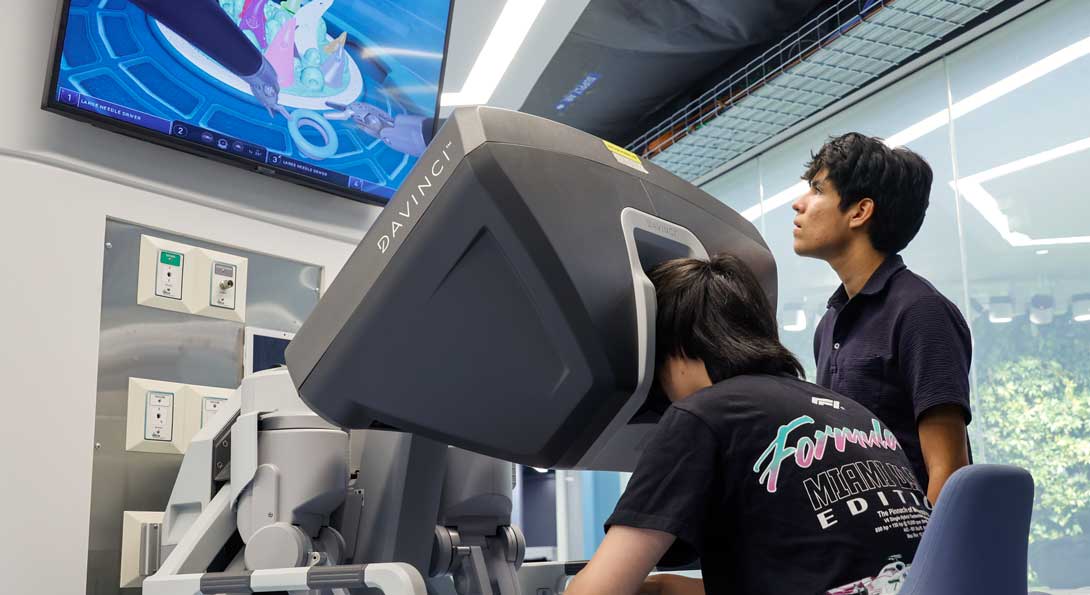
The Summer High School Apprenticeship Program (SHARP!), run by the Richard and Loan Hill Department of Biomedical Engineering and the College of Medicine Department of Surgery, supports rising high school juniors through a four-week summer program to immerse them in biomedical research with a specific focus on research involving healthcare applications of AI, surgical robotics, and biomedical engineering technology.
SHARP! addresses a critical gap in the healthcare sector, particularly the demand for biomedical engineers, as there is a shortage in the U.S. This shortfall is exacerbated by the aging workforce, as 40% of current biomedical technicians are nearing retirement. By integrating advanced technology and research with hands-on training, SHARP! aims to meet the growing need for qualified professionals in this essential field.
SHARP! addresses a new niche in STEM education combining engineering and healthcare applications.
SHARP! addresses a new niche in STEM education combining engineering and healthcare applications.
| Biomedical Engineering Clinical Associate Professor, UIC
2nd paragraph
Biomedical Engineering Clinical Associate Professor Zhinan Wang and UIC College of Medicine Department of Surgery Professor Amelia Bartholomew are working together to face the challenges of the changing landscape of healthcare and biomedical engineering, acknowledging the rapid convergence of the two fields, demanding engineers and physicians work closely together to move healthcare technology forward.
With this perspective, helping high school students become aware of new and evolving opportunities will enable them to develop a vision of the future that they may help lead one day.
True experience
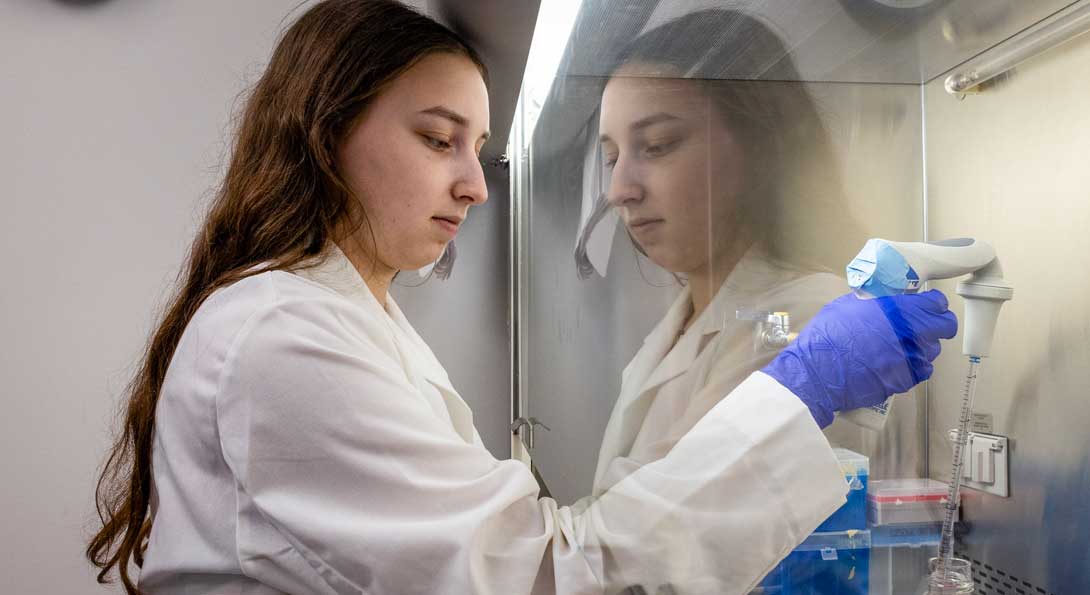
SHARP! gives students first-hand experience working in the research lab of a UIC professor, scientific lectures, career mentorship, group biomedical engineering projects, and bench laboratory method instruction. One of the program’s goals is to tailor the experience for students to the specific labs they work in.
“SHARP! addresses a new niche in STEM education combining engineering and healthcare applications; in integrating the experience through case studies, research experiences, and direct experience in healthcare skills such as surgical robotics, students can visualize the direct impact of choosing a career that integrates engineering and patient care,” Wang explained.
Wang noted that UIC’s SHARP! emphasizes the integration of biomedical engineering with surgical and medical applications.
“We saw a gap in the existing programs between clinical science and biomedical science,” Wang said. “We changed the topics from pure clinical medical applications to a combination of them, so it’s a more generalized biomedical education program.”
This summer, the program hosted students from several schools throughout the Chicagoland area who completed research under the guidance of UIC professors in biomedical engineering, surgery, and pharmacology. They studied biomedical engineering concepts with real-world applications and were challenged to apply the principles of bio-design to craft their solutions to healthcare-related problems, including the design of protective athletic gear, improved features of ADA bathrooms, and overcoming telesurgery obstacles on the international space station.
With BME Professor James Patton, they observed the impact of his research on patients with disabilities at the Shirley Ryan AbilityLab. With plastic surgeon Lee Alkureshi, they explored surgical reconstruction aided by machine learning and AI-designed implants and replacements. At the UIC Maker Space, the students received training in 3D drawing and printing of parts.
Students also worked in Bartholomew’s transplant surgery lab, along with the labs of Richard and Loan Hill Professor Ian Papautsky, Richard and Loan Hill Chair Xincheng Yao, neurosurgeon Ankit Mehta, plastic surgeon Lee Alkureshi, robotic surgery specialist Leo Chen, and immunologist Kiwook Kim.
The program’s first phase concluded with a symposium where the students presented their research and bio-design projects.
Many participating students will return next year to continue their research efforts. Bartholomew noted that students could become contributing authors to research and gain practical skills in the lab for future research projects.
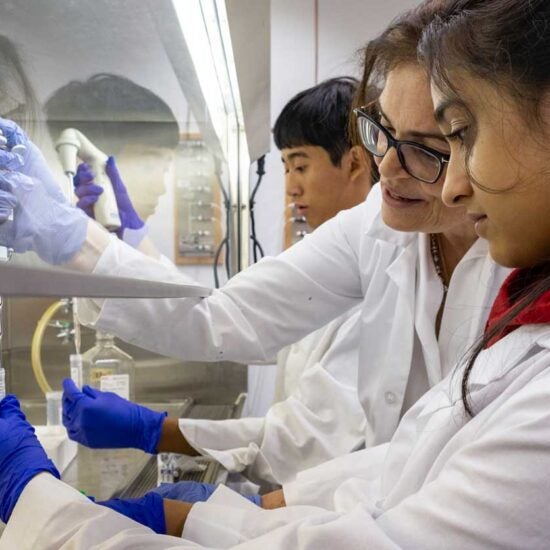
The SHARP! high school students get the opportunity to teach biomedical applications, sharing their enthusiasm with their younger peers.
| UIC College of Medicine Department of Surgery
Engineering and Medical Connection
Through this program, students interested in medicine are given a better insight into the biomedical applications of the BME program and how it relates to both medicine and research. Wang said that BME faculty come from a variety of backgrounds with medical applications in research.
Wang and Bartholomew, also an affiliate professor in the BME department, recently applied for a five-year grant through the National Institutes of Health Science Education Partnership Award (SEPA). This $1.25 million would help eliminate the program’s cost for students and even provide financial support for students who help contribute to their family’s financial well-being. SEPA supports educational activities that encourage pre-college students from diverse backgrounds, including those from groups underrepresented in the biomedical and behavioral sciences, to pursue further studies in STEM.
The eight participating labs can include up to 16 students. Wang hopes to expand the program to include not only more students but also serve underrepresented and underserved students who need experience but don’t necessarily have access or struggle to gain access to engineering and medicine.
Pay it forward
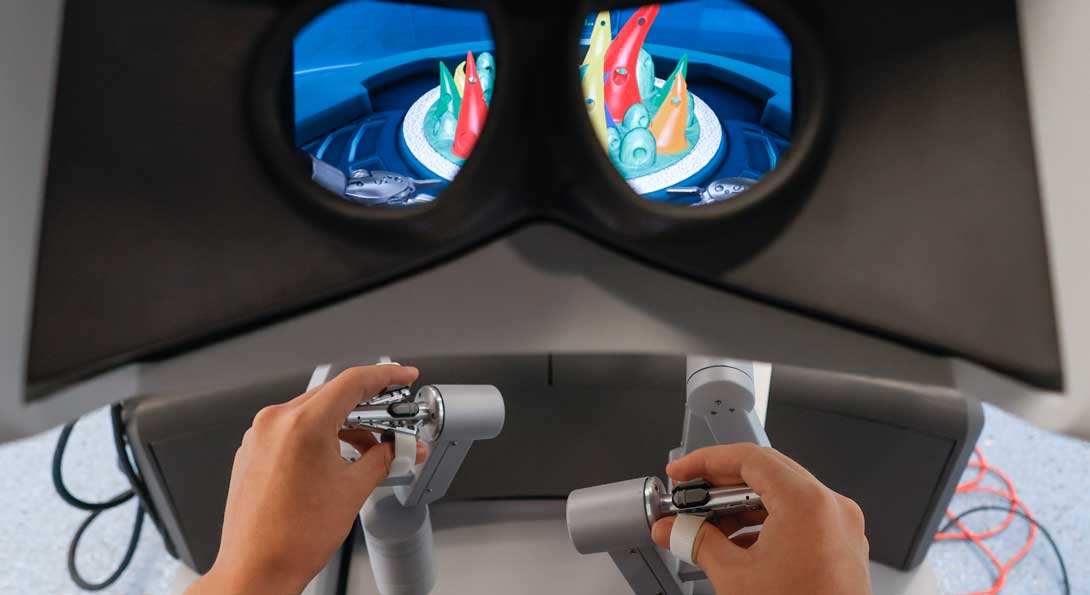
After completing the first phase of the program, students will become SHARP! Ambassadors and bring their newfound knowledge back to their high schools, where they will work on new biomedical engineering challenges. These ambassadors will be able to work with administrators and science teachers at their schools to present their experience at science clubs or create their own SHARP! Chapters.
These chapters can then compete in the March 2025 SHARP! Biomedical Engineering Competition, in which each high school presents solutions to a healthcare challenge. Throughout this process, SHARP! students will continue to receive mentorship from UIC faculty, supporting their STEM career development and advising their bio-design activities as they prepare for the competition.
Wang and Bartholomew also hope to support not only students but their families, communities, and their teachers and schools. To achieve this goal, SHARP! provides college guidance and a quarterly newsletter. The newsletter, run by parents for parents, provides a platform for families to share their experiences and offer mutual support as they guide their STEM students toward pursuing a -medical engineering major.
In addition to their own high schools, SHARP! Ambassadors will also engage with elementary schools in the Chicagoland area by leading biomedical engineering-related lessons.
“These experiences are enriching for all involved, as the SHARP! high school students get the opportunity to teach biomedical applications, sharing their enthusiasm with their younger peers. In contrast, the elementary students gain new insights into the potential of biomedical careers as the next generation of engineers,” Bartholomew said.
Similarly, SHARP! For Teachers will help teachers to improve their impact on students’ science identities. They are currently awaiting funding for this part of SHARP!
“My responsibility as an educator is to extend college education on both ends—so both before and after college,” Wang said.